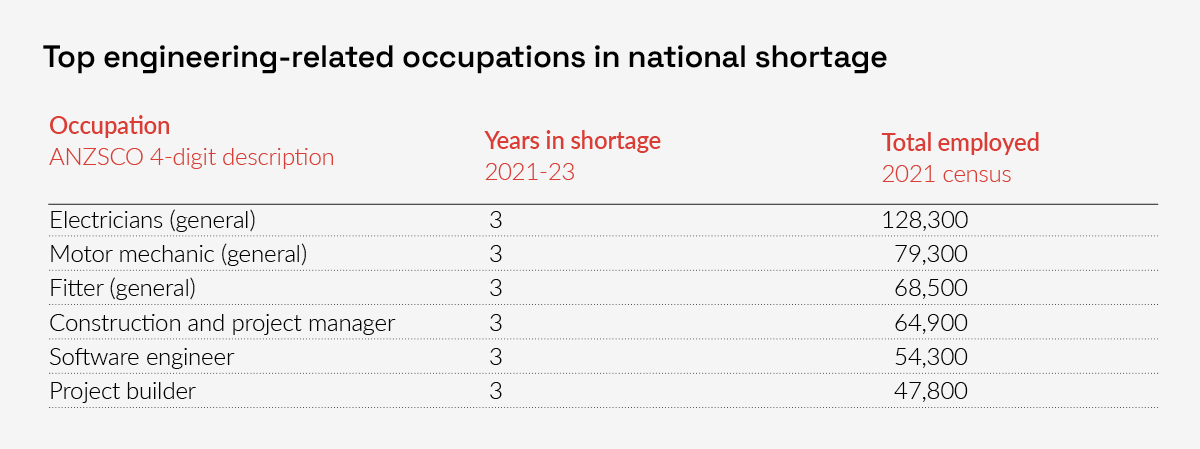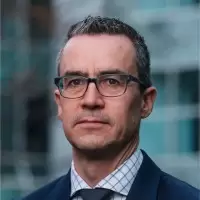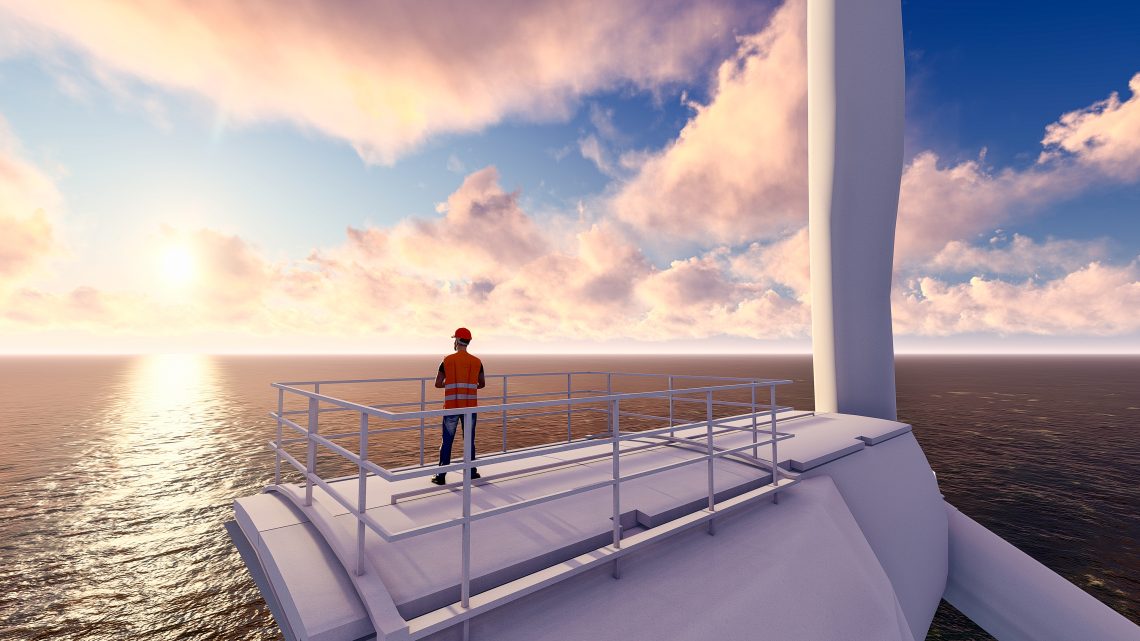Australia’s decarbonised future is fast approaching – and with the shift to renewable energy comes a requirement for a new engineering workforce.
This article was originally published in the August 2024 issue of create with the headline ‘Building the clean energy workforce’.
Australia is in the middle of a global race for the capital, resources, materials, equipment and workforce needed to build a new energy system. Being reliant on skilled migrant engineers to fill the skills gap might have worked in the past, but it won’t be enough to help Australia meet ambitious decarbonisation targets.
“More than half of Australia’s electrical engineering workforce is born overseas and we currently have one of the lowest rates of engineers in our graduating cohort of any OECD nation,” Kane Thornton, CEO of the Clean Energy Council (CEC), told create.
“It is imperative that we increase our domestic engineering capacity because of increased global competition for the future clean energy workforce.”
Australia needs almost two million workers in engineering, building and energy trades between now and 2050. Analysis by Engineers Australia has also found that 70 per cent of the engineers added to Australia’s labour force between 2016 and 2021 were born overseas. Despite a national increase in university enrolments, enrolment rates in engineering degrees have fallen since 2015, contributing to an estimated shortfall of 12,500 engineers in a population of 224,500 required by 2026 – that’s a little over five per cent.

Victoria’s State Electricity Commission (SEC) is already grappling with this issue. The state aims to achieve 95 per cent renewable electricity by 2035 and net zero emissions by 2045. The workforce implications of these targets are significant, with interim CEO of SEC Victoria, Chris Miller, telling create that the commission estimates that 59,000 jobs will be created by 2035 to deliver on Victoria’s transition targets.
Having the appropriately qualified professionals in those roles is a more complex issue. Given that an 18-year-old entering university today will be a recent graduate in 2030, it is clear that a broad strategic plan is required to build the necessary workforce.

“We need to develop new models for training and upskilling new and existing workers,” Miller said. “This includes flexible training offerings to specialise and build on base qualifications, like engineering, and to support mid-career transition, such as through recognised micro-credentials.
“Our investment portfolio is a major lever to create job opportunities, get industry involved in addressing workforce challenges, raise standards and make the workforce more inclusive.”
Industry is also looking at innovative training models, Miller said, such as an electrical dual qualification which combines an electrotechnology apprenticeship with a Bachelor of Electrical Engineering – a development led by the AI Group partnering with industry and the Victorian government.
“Earn-and-learn models can also provide an effective way to combine structured on-the-job training, mentoring and supervision with degree-level study for engineers,” Miller said.
Turning targets into action
Thornton pointed to the Federal Budget released in May 2024 as being a landmark commitment to education.

“[We saw] several commitments aimed at unlocking tens of thousands of clean energy jobs, including $91 million over five years to fund relevant education and training programs,” Miller said.
But attracting students to these industries is not as easy as just investing in education programs; it requires building awareness. This is where the Careers for Net Zero program comes in. A joint initiative between the CEC and the Energy Efficiency Council (EEC), it aims to highlight the diverse and exciting opportunities available in the clean economy, no matter their skillset or passions, Thornton said.

The SEC has found that it can be difficult to attract STEM workers to renewables compared with more established sectors, largely due to uncertainty about the job and investment pipeline on long-term career prospects. Demand peaks and the stop-start nature of projects also present labour supply issues, especially as multiple large-scale projects are delivered along similar timeframes.
“Additionally, demand for essential roles – like hydropower technicians, grid engineers and blade technicians – hasn’t yet reached a critical mass, which means it’s not yet economically viable for training providers to offer such niche courses,” Miller said.
Engaging with industry, government and the education sectors, the SEC is aiming to complement the existing work being done and streamline entry pathways.
“Firstly, we’ll be engaging students to boost the profile of renewable careers,” Miller said, adding that this includes improving visibility of courses and pathways into the sector and encouraging girls and other diverse student groups to participate.
“We’ll also be expanding earn-and-learn pathways.”
Building on established apprenticeship networks and training organisations, the SEC plans to “deliver bespoke programs for the renewable energy sector, including tailored programs that support women to enter the industry”. Finally, the Centre of Training Excellence will collaborate with industry to deliver industry-led training.
“The SEC can help bring industry to the table and get better alignment on skills needs, and work with the training sector to help bridge gaps in industry-specific training,” Miller said.
Building the talent pipeline
A 2022 Engineers Australia white paper on strengthening the engineering workforce sounded a number of alarms about strengthening and building the required talent pipeline in Australia. In addition to attracting young students to the profession, improving engineering study completion rates is critical.
Around 25 per cent of four-year engineering qualification students complete their degree in the minimum time, and only half of all engineering students graduate with an engineering degree. Added to that, only 60 per cent of qualified engineers in Australia work in an engineering role.
Engineers Australia has recently released further research into transferable skills.
Engineers Australia Acting Chief Engineer Bernadette Foley FIEAust CPEng EngExec said that the construction and operation phases of the energy transition each present their own challenges.

“The regional and dispersed nature of the workforce is going to be one of the challenges alongside the geographical spread,” she said.
National coordination is important, she added, because individual approaches from different states won’t work without it.
“Many other countries have similar targets, which means that we’re competing with them for talent,” Foley said. “Therefore, we need to have a global perspective.”
With the UK and US producing relatively low levels of engineers compared to other OECD countries, “skilled migration is important, but we also need to consider brain drain as engineers are lured overseas”.
One advantage of engineering is that it has transferable skill sets.
“The technical similarities between fossil fuel and renewable engineering means that the transition may not be as difficult as it sounds, so the upskilling and reskilling of people willing to move sectors becomes very important.”
Engineers Australia has been advocating for government funding for placements and program development, such as for more support for conversion master’s programs to help reskill workers.
“Say there’s someone who has a three-year bachelor’s degree in science wants to do a master to specialise in renewable energy,” Foley said. “The funding model for universities sees undergraduate programs largely funded through supported places, but few masters are supported from a Commonwealth perspective – and this places the burden of cost on the individual.
“We need to effectively demonstrate that renewable energy is a viable and ongoing career path, and that support will be provided to new and transitioning engineers to the sector.”




What skills are essential for engineers working in the clean energy sector?